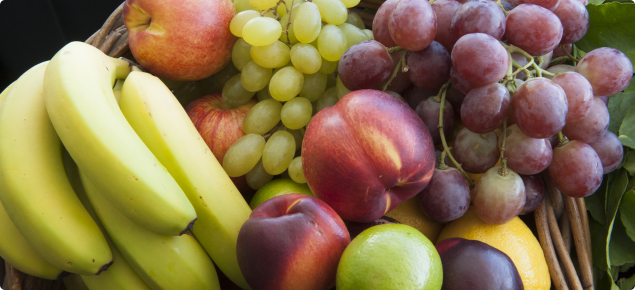Introduction
Harvested horticultural products are living tissues with continuing metabolism after harvest. They are subject to respiration, water loss and cell softening throughout the postharvest system. The storage life of a product varies with species, variety and pre-harvest conditions — particularly quality and maturity. However, there is scope to control storage life through postharvest management of the two most important determinants of storage life and quality — respiration and transpiration.
Both need to be limited but not stopped and proper control of temperature and relative humidity is the key to maximising storage life and marketable quality.
Temperature
Each product handled has its own particular temperature requirements. The time until cooling, temperature stability and its duration need to be considered.
By lowering produce temperature as soon as possible after harvest — generally within four hours — the following effects are achieved:
- Respiration rate is decreased.
- Water loss is reduced.
- Ethylene production is suppressed.
- Sensitivity to ethylene is reduced.
- Microbial development is slowed.
Most leafy vegetables and ‘temperate’ fruit — including pome and citrus fruits — are not chill-sensitive and can be stored between 0°C and 2°C for long periods without significant loss of visual quality. Tropical and subtropical fruit and some root vegetables are chill-sensitive and may be damaged at low temperatures. They are generally stored at 13°C or above, although some may be stored safely as low as 5°C if cooled soon after harvest. Temperature must also be stable as changes may affect respiration and marketable quality.
Relative humidity
Maintaining high humidity around harvested produce reduces water loss, which would result in decreased returns through poor quality (for example, wilting, shrivelling) and loss of saleable weight.
High humidity should be used with low temperature storage because humidity and warmth combined favour the growth of fungi and bacteria. Although the relative humidity of air increases when it is cooled, it is still necessary to check the relative humidity in a coolroom is satisfactory.


